Everything You May Need To Know About A Breeched Baby
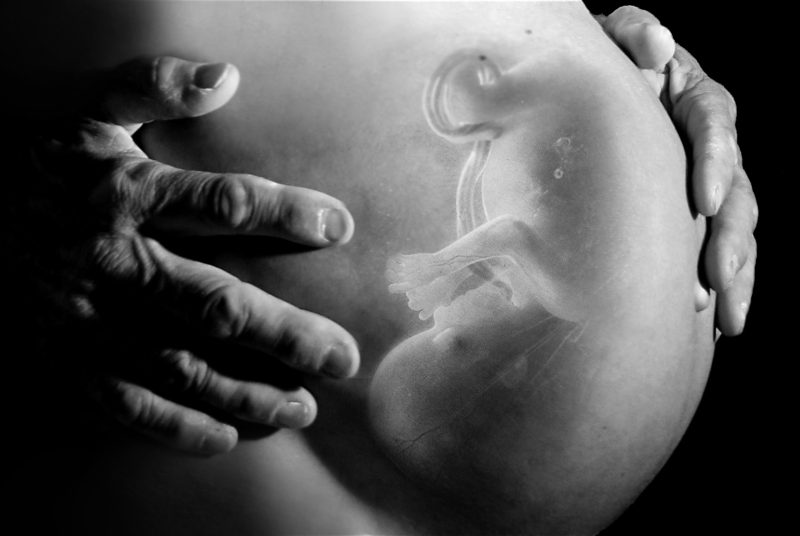
Babies are considered Breech, when they are positioned bottom-down late in pregnancy.
How will I know if my baby is Breech or not?
A doctor or midwife will feel your abdomen during routine antenatal checkups to ascertain whether or not the baby is still maintaining a breech position, this is called an ‘Abdominal palpation’. It is also usually confirmed with an ultrasound. However, most babies turn themselves into what medical experts refer to as the ‘Vertex’ or ‘Cephalic’ position.
There are 3 main types of breech position. All of them involve the baby being in a bottom-down, head up, position.
- Frank breech – the legs are in front of his body in a V shape, so his feet are up near his face
- Complete breech – He is in a sitting position with legs crossed in front of his body and feet near his bottom
- Footling breech – one or both of his legs are hanging below its bottom, so the foot or feet are coming first
It is safest for both mother and child, if the baby is born head first. It is medically unknown why babies go into the breech position in the the first place, however there are some common reasons like:
- Too much or too little amniotic fluid around the baby
- The length of the umbilical cord
- Twin pregnancy, one twin will be in a cephalic position and the other in a breech position
- Uterine fibroids
- An irregular size or shape of the mother’s uterus
If a baby has not turned in the 36th week of pregnancy, the chances of the baby still turning are very slim, although it might still happen during labor. An article published by Rooted blessings, suggests that these ways are helpful in trying to turn a breech baby into a Vertex position.
Daddy’s voice: If daddy would talk to baby at the bottom of the abdomen baby may turn toward’s daddy’s voice.
A warm bath: Sitting in a very warm bath may help to turn some babies, as they will move towards the warm water.
Peppermint Essential oil: Apply peppermint oil in a rainbow motion to the top of the belly. It is said that the cooling of the skin can cause a baby to want to turn its head away in the opposite direction. I have read several accounts of this working to help baby turn into the proper head down position. 100% pure peppermint essential oil. It is important that the peppermint oil comes from farms that have not been sprayed with any pesticides.
These positions are also suggested to help the baby turn around, please remember to practice with approval from your doctor and some assistance.
The Inversion – The Inversion can help get baby in the optimal position for birth. It can give baby ample room and free space in order to move into the correct positioning. Use a bed, the stairs or a very stable chair. You will need to place your head down, and elevate your hips and legs on the bed, stairs or chair. This will encourage the baby to tuck in his chin, and move into a the vertex position.
Breech Tilt – This position a mother can begin doing at 30 weeks gestation unless there is a specific concern for her. It can be practiced 1-3 times a day in order to turn a breech baby. You will lie, with some support at the curve of your back, lifting your hips regularly every 30 seconds and bringing it back down again. This move also urges the baby to follow your movement and settle in the vertex position.
Remember, child birth is a mental and emotional stage. You can also encourage your baby to move into that position by thinking it, make a mental effort to concentrate on having your baby in the right position. Allow your self to rest properly, any stress on you is automatically directed to your baby.
Photo credit: Wikihow/Getty Images


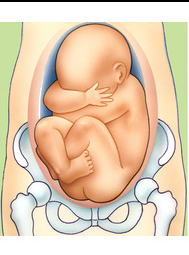
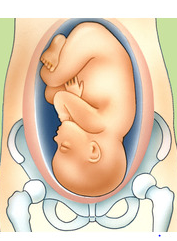
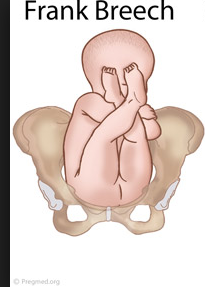

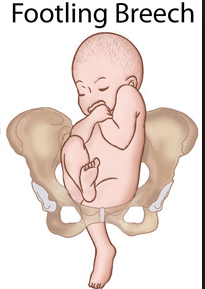

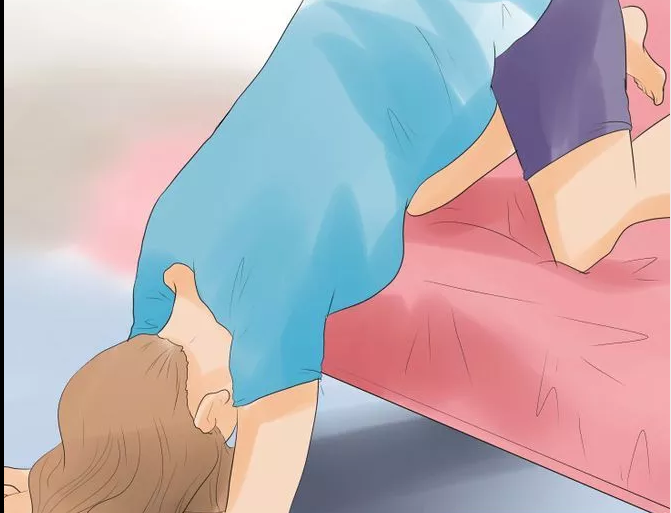
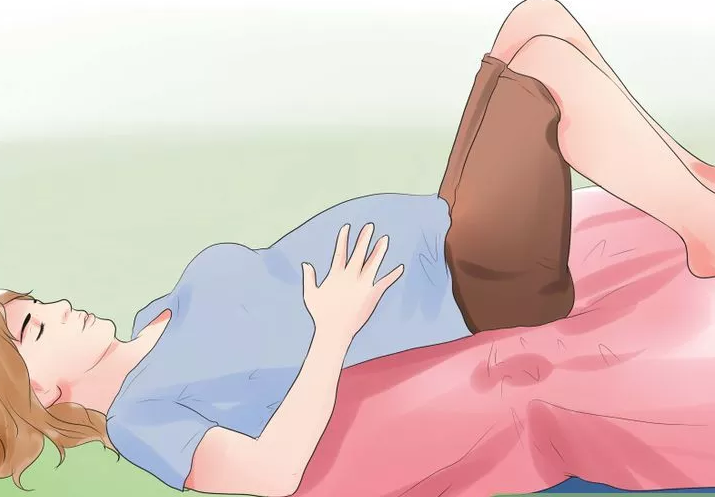
thnk.mim
Well noted….Thanks for sharing
Very well noted. Thanks for sharing MIM.
Thanks MIM
Thanks for sharing
Very educating
So educating but When can one start the inversion exercise, I’m 28+ now.thanks